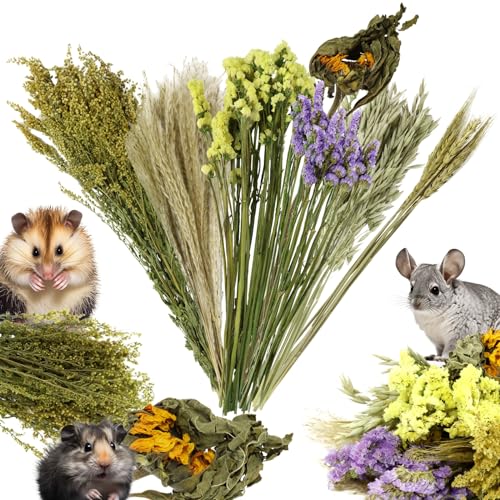VolunteerChin22
I <3 dustbunnies
Well, if you think about it, it's probably better that some animals who would be carriers or develop malo would be pelted at prime in some sense. Then those animals a) are not bred themselves and b) don't suffer the actual onset of the disease.
Let's say a pair of unknown carriers produced 100% of malo carriers or malo chins themselves but never got malo themselves and all 100% of the offspring were always pelted prior to developing the disease. In a vacuume, it could be a non issue in a pelting herd....provided you didn't put your offspring back into breeding. Of course this isn't the case.
So in some way it is "helping" to eliminate the problem but what it does not do is help you identify breeders who are carriers.
*Not saying we should advocate breeding of malo/malo carriers (purely for hypothetical thinking)*
Let's say a pair of unknown carriers produced 100% of malo carriers or malo chins themselves but never got malo themselves and all 100% of the offspring were always pelted prior to developing the disease. In a vacuume, it could be a non issue in a pelting herd....provided you didn't put your offspring back into breeding. Of course this isn't the case.
So in some way it is "helping" to eliminate the problem but what it does not do is help you identify breeders who are carriers.
*Not saying we should advocate breeding of malo/malo carriers (purely for hypothetical thinking)*
Last edited:





















































